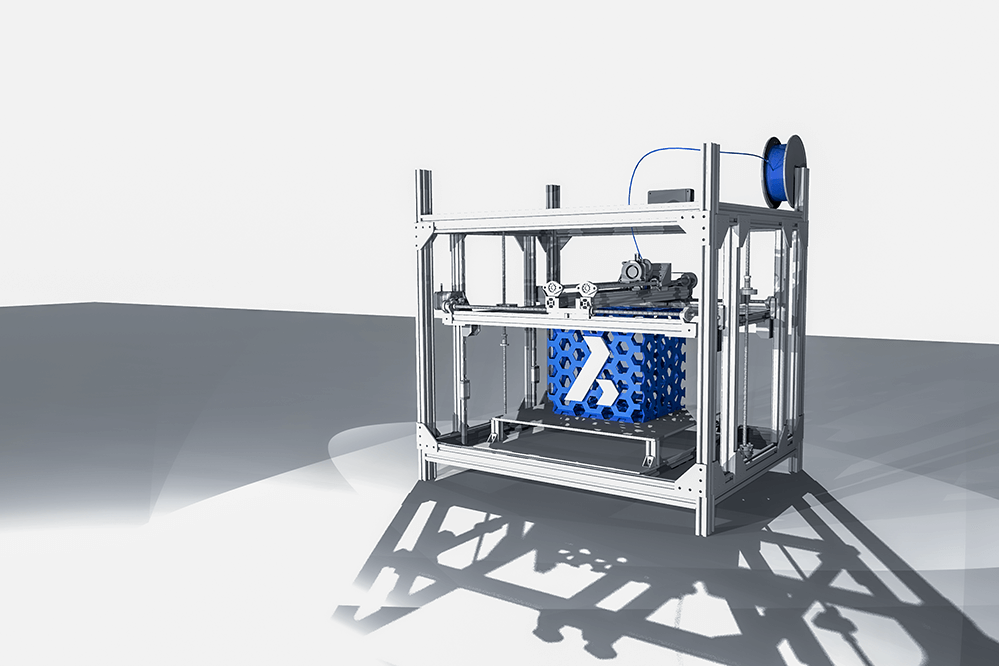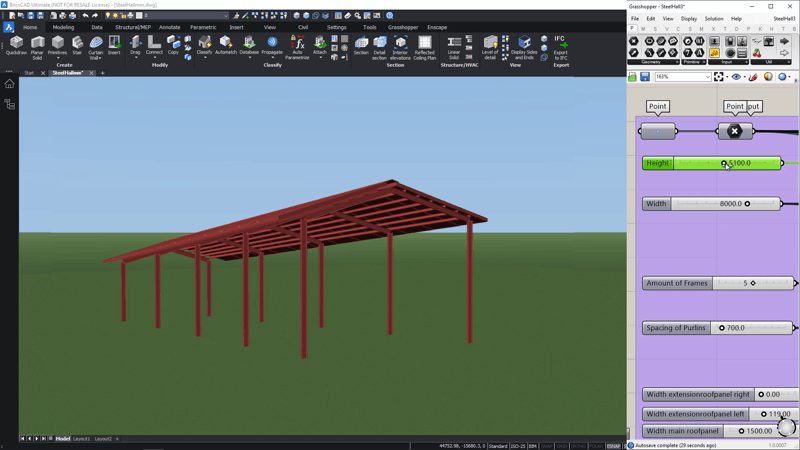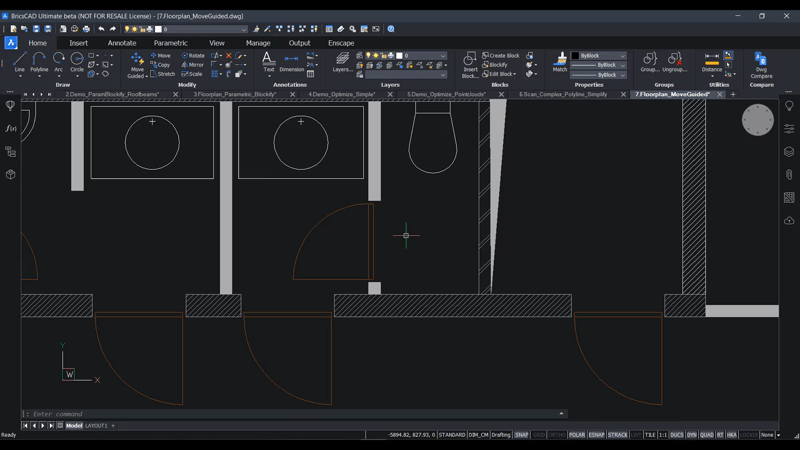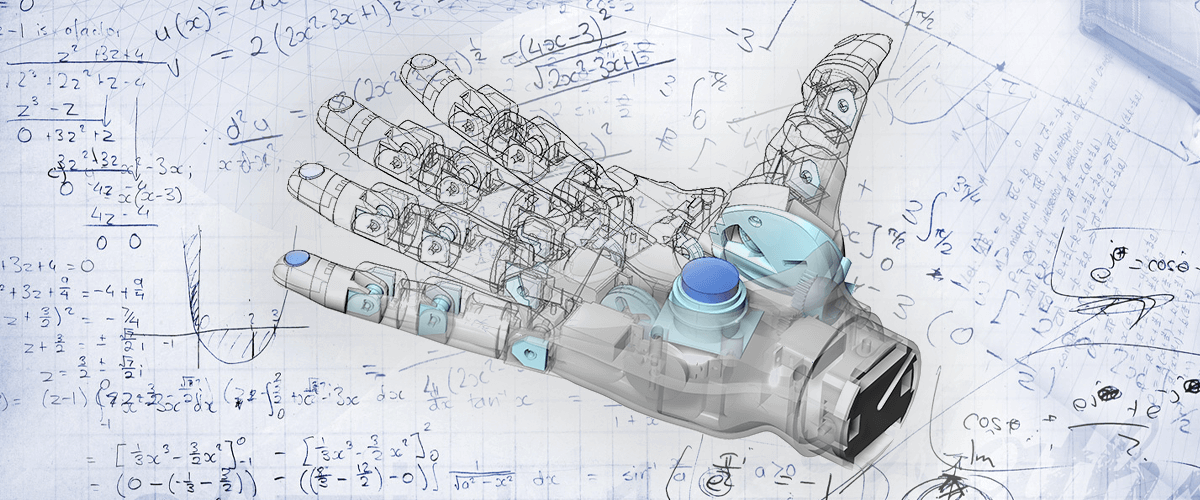Today, generative design technology is using powerful computation to revolutionize the design process from start to finish. Armed with new computer software, generative design is now optimizing CAD outputs. Design is transforming digitally and we're not looking back.
Engineering companies have turned to generative design to flip the engineering process on its head. Generative design technology opens up imaginative design potential. It paves the way for highly optimized products that traditional CAD technologies could only dream of.
By capitalizing on cloud processing power, generative design produces products with efficiency and heightened performance capabilities.
We're now entering the fourth industrial revolution. Soon, generative design might be able to simulate the entire lifecycle of a product. And it doesn't stop there. Improvements are being made constantly. The future of generative design is incredibly exciting.
Quantum computing and natural language processing is the next step. These technologies hold massive design potential. Soon it could be possible to fashion designs from nothing but a simple verbal description.
This might sound futuristic, but it's the real deal. The future of business scaling in design and engineering lies firmly in AI.

Photo by ThisisEngineering RAEng on Unsplash
Potential pitfalls of traditional CAD methods
From idea to launch, the traditional CAD process is well established. But current market advances have brought about significant threats to its success. AI-powered generative 3D design is paving the way for the future of CAD technology.
This is because AI breaks down the limits to creativity and minimizes human error.
Back in the 1980s, CAD software considerably improved design efficiency. Today, AI is revolutionizing the design processes once more. Artificial intelligence is turning the linear design process on its head.
Let's recap. The traditional engineering process looked something like this:

This linear process has been the norm for decades. Though effective, it is time-consuming and requires complex technical expertise. What's more, every step is vulnerable to mistakes. And mistakes mean money.
When something goes wrong in the user testing phase, it results in costly recalls and design alterations. Avoiding a total redesign is essential for optimizing the design and financial outputs. It's time to stop wasting time, money, and resources.
Generative design opens up product design development to a greater degree of flexibility. Developmental stages become less rigid and more conducive to creative experimentation. This allows designers to consider more high- risk ideas without the time and monetary implications of recalls and failed prototyping.
In other words, generative design, AI and technological advances such as VR facilitate a flexible design process that maximizes creativity and empowers designers to do their best work.
In general, it looks something more like this:

As you can see, the generative design process is far less restrictive. IT infrastructure allows engineers the freedom to experiment with multiple designs simultaneously. This makes experimentation possible without any costly financial implications.
How Artificial Intelligence is Reshaping Generative 3D Modeling
Optimization for commercial parameters
Generative design can transform objects according to specific criteria. This could be set production costs or aesthetic preferences. With such flexibility at their disposal, designers can produce market-ready products, regardless of the specs.

Photo by Brett Jordan on Unsplash
This is because generative design dramatically increases productivity in engineering and product development. Improving computer-engineer interactions reduces negative feedback loops and the traditional design barriers of the past.
When computers take on optimization, engineers gain the freedom to tackle complex design challenges. AI can optimize designs for specific engineering parameters. But AI can also optimize designs with commercial parameters in mind. Things like cost, visuals, and functionality are all taken into account.
Automating your design practice guarantees a more efficient, creative, and productive output. This is especially true when paired with automated management software.

Integration with 3D printing
This is where things get exciting. Printing 3D designs makes it possible to produce product prototypes at incredible speed. Artificial intelligence removes geometrical limitations from design options. This lets you make the most out of your 3D printing technologies.
3D printing is now making it possible to manufacture more and more complex generative designs. The two in tandem result in design flexibility and heightened product functionality.
When generative design and 3D printing align, the results can be truly exceptional. Some of these improvements include:
- Lightweight parts
- Less material wastage
- Efficient prototyping and testing
- No geometrical boundaries
- Innovative design options
- Consolidated parts
- Simplified assembly
- Reduced costs
2D to 3D with Generative Adversarial Nets
GAN (Generative Adversarial Network) technology is very cool. It facilitates unsupervised machine learning. In other words, better results with less human input. It works by sending design data back and forth until the computer is unable to detect the between input and output readings.
More recently, GAN technology has been of use for CAD professionals. What's more, GAN technology is capable of detecting 3D objects from 2D images. That means it might soon be possible to produce 3D replicas from 2D designs. Combined with limitless creativity and customization, generating high-quality 3D objects can only get better.

Using tools such as the BricsCAD-Grasshopper connection means that it's possible to start using generative design today.
Text-to-design speed
Emerging AI technology hopes to generate designs by text encoding objects and descriptors. This could be a real advantage and will make life easier for CAD professionals everywhere. Opportunities for beginners with limited technical know-how will also increase. Although it may be hard to convince a good manager that his experienced staff can be replaced by an untrained intern and a AI!
Interactive Voice Response, IVR for short, is tech usually associated with phone systems. These systems let callers interact with customer service options via an automated menu.
Now, imagine if CAD systems could generate designs in a similar way. AI technology is making this a real possibility. Soon any design imaginable might be realizable through simple voice descriptors.
Computers have learned to understand object types and descriptions. As such, they can generate their own designs from these basic linguistic parameters. There's still a long way to go but the future's looking very exciting.
Soon, engineers from all over the world could be discussing their ideas on video conferencing tools or team-working software. By using AI computing, creative discussion has the opportunity to grow exponentially. If that isn't innovation, what is?
Imagine a future where ideas discussed via teleconference can equate to tangible 3D designs. Design borders are coming down. As this continues, creative boundaries mayare set to become a thing of the past.
Designers now have endless engineering solutions at their fingertips. They can simulate different designs and optimize results before going to market. This reduces costly trial and error. It also lets less experienced engineers bring their bright ideas to life.

Use the BricsCAD, AI powered, Move Guided tool to intelligently move entities in a drawing.
How BricsCAD leverages AI and machine learning
BricsCAD hasn't missed the wave of technological improvement. BricsCAD offers features and commands that elevate workflows and development times. The integration of artificial intelligence and machine learning (ML) technology assists in your design efforts.
BricsCAD uses AI to automate BIM element classification and is facilitating element re-use, and parametrizing items for bespoke customization.
Automated detailing is set to revolutionize construction through its use of robotics and digital fabrication.
Machine learning is still improving and ML design architectures will continue to maximize CAD design functionality. When BricsCAD encounters a problem, ML offers the opportunity to adapt and improve.
A bright design future
Generative design is part of a fast-evolving field. AI-assisted generative design users need to undergo training. Luckily this has never been easier.
Training doesn't need to be in person. In fact, remote training conducted by the best minds in AI is easy to achieve. Choose the right VoIP provider to improve communication and offer technical support to engineers anywhere. Once training is complete, your team will be ready to go.
Generative design has the potential to fit into engineering workflows with ease. It doesn't matter if you're a product engineer or an architect. The AI-assisted generative design revolution promises a very exciting future.
Explore BricsCAD
Download BricsCAD Free Trial | Sign Up For News & Updates | Shop Online For BricsCAD Desktop Software


